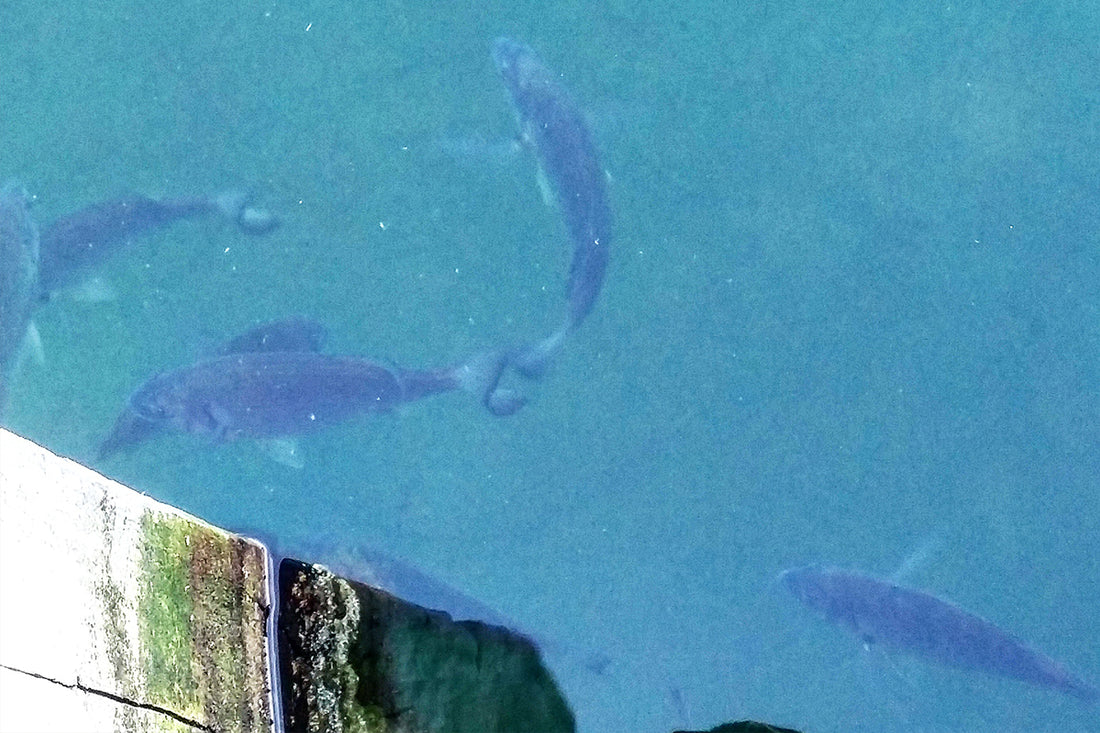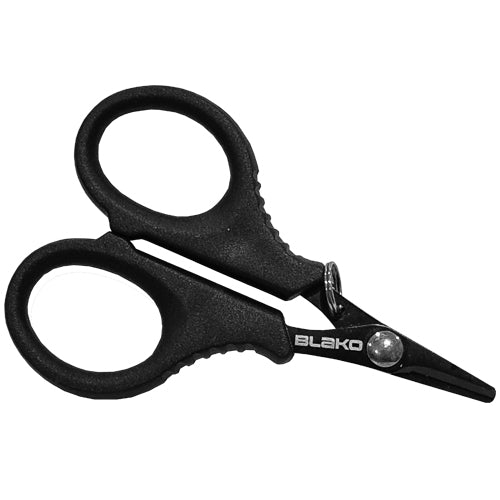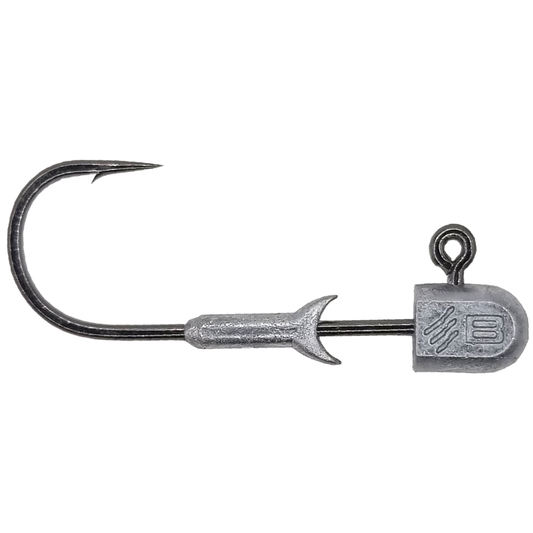
The Art Of Slow Rolling Grubs For Bream
Share
The Art of Slow Rolling Grubs for Bream: A Comprehensive Guide
Bream fishing is a favorite pastime for anglers across Australia, thanks to the species’ abundance and spirited fight. Among the many techniques available, one of the most effective is the slow roll with grub lures. This method not only increases your chances of catching bream but also offers versatility across various fishing environments. In this comprehensive guide, we will explore the slow roll technique in detail, identify prime locations for using this method, and provide valuable tips to help you maximize your success on the water.
Understanding the Slow Roll Technique
The slow roll technique is one of the simplest yet most effective ways to present grub lures to bream. The method involves casting the lure and retrieving it at a slow, steady pace, allowing the grub to swim just above the bottom where bream often forage for food. The key to mastering this technique lies in understanding the natural behavior of bream and their feeding patterns.
The Mechanics of Slow Rolling
When you cast your grub lure and begin the slow roll retrieve, it’s essential to maintain a consistent speed while keeping the lure close or on the bottom, This is where bream are most likely to be searching for food. The soft body of the grub and its undulating tail create a lifelike motion that mimics the natural movements of worms and small crustaceans, both of which are staple food sources for bream.
During the retrieve, the gradual movement of the grub should provoke the curiosity of nearby bream, prompting them to investigate and potentially strike. The slow roll technique is particularly effective during low-light conditions, such as dawn and dusk, when bream are most active. It’s also worth noting that the method can be utilized effectively throughout the day, particularly in areas with cover or structure.
Prime Locations for Slow Rolling Grubs
To enhance your chances of success when slow rolling grubs, it’s crucial to identify the right fishing locations. Here are some prime spots where this technique excels:
1. Estuaries
Estuaries represent one of the most popular environments for bream fishing. These areas are rich in nutrients and serve as a mixing ground for salt and freshwater, creating a haven for various baitfish and invertebrates. As a result, estuaries are ideal for bream, which are constantly on the lookout for food.
When slow rolling grubs in estuaries, focus on the following areas:
- Shallow Flats: These regions often teem with life, particularly during high tide when bream move in to feed. Casting your grub lure across these flats can yield fantastic results as bream forage for food.
- Mangroves: The roots of mangroves provide excellent cover for bream. Slow rolling your lure near these structures can provoke strikes from bream hiding in the shadows.
- Sandbanks: Look for slight variations in depth or structure in sandbanks. These changes can attract bream as they search for prey, making them prime locations for slow rolling.
2. Mud Flats
Mud flats are another top choice for targeting bream with the slow roll technique. These areas often have a mixture of sand and mud, providing an excellent habitat for various organisms that bream prey upon. During high tide, bream can be found foraging on these flats, making it the perfect opportunity to present your grub lure.
When fishing mud flats, consider the following:
- Depressions and Channels: Subtle changes in the terrain, such as depressions or small channels, can hold concentrated numbers of bream. Slow rolling your grub lure in these areas can lead to more bites.
- Adjacent Structures: Look for structure along the edges of the mud flats, such as rocks or vegetation. Bream often use these areas to ambush prey, making them prime spots for slow rolling.
3. Rock Walls and Jetties
Fishing near rock walls and jetties can also yield excellent results when slow rolling grub lures. These structures provide shelter for bream, which often seek refuge among rocks and crevices. The slow roll technique works exceptionally well here, as it allows the lure to move naturally along the bottom and entice bream hiding in the shadows.
Here’s how to maximize your success around rock walls and jetties:
- Target Shadows: Bream are often found in the shaded areas beneath jetties and along rock walls. Cast your grub lure into these shadows and slow roll it back to entice nearby fish.
- Be Mindful of Depth: The depth can change rapidly near rock structures. Ensure your lure is close to the bottom to maximize its effectiveness while avoiding snags.
4. Piers and Wharves
Piers and wharves provide access to deeper water, making them excellent spots for slow rolling grubs for bream. The structure and shade offered by these locations attract various fish species, including bream. When fishing from a pier or wharf, focus on the following:
- Pilings and Support Beams: These structures create habitats for baitfish and can attract bream. Slow roll your grub lure around the pilings and beneath the structure for the best chance of success.
- Varying Depths: Piers and wharves can have varying depths, allowing you to experiment with different retrieve depths. Adjust your technique accordingly to find where the bream are feeding.
5. Shallow Bays and Inlets
Shallow bays and inlets are other prime locations for using the slow roll technique with grub lures. These areas often feature a variety of habitats, including sandy bottoms, rocky outcrops, and weed beds. Bream are attracted to these environments, especially when they’re actively feeding.
When fishing in shallow bays, consider the following:
- Tidal Movement: Pay attention to changes in tide, as bream will often move into these areas during high tide to feed. Slow rolling your grub lure during this time can yield excellent results.
- Baitfish Activity: Look for signs of baitfish activity, such as surface feeding or disturbances in the water. Targeting these areas with your grub lure can increase your chances of a successful catch.
Tips for Successful Slow Rolling
To make the most of your slow rolling technique for bream, consider the following tips:
1. Choose the Right Grub Lure
Selecting the appropriate color and size of your grub lure can make a significant difference in your success. In clear water, natural colors like greens, browns, or bloodworm shades tend to work well. In murkier conditions, brighter colors can help attract bream.
2. Adjust Retrieve Speed
Experimenting with your retrieve speed is essential to finding what works best on any given day. Sometimes a slower roll is more effective, while at other times, a slightly faster retrieve may trigger more bites. Take your time to assess the conditions and adjust accordingly.
3. Pay Attention to Structure
When slow rolling your grub lure, always be aware of the structure in your fishing location. Position your lure near rocks, fallen trees, and other cover to increase your chances of enticing a strike. Bream often use structure to ambush prey, so fishing near these areas can yield excellent results.
4. Stay Stealthy
Bream can be cautious, especially in heavily fished areas. Being stealthy while approaching your fishing spots can make a significant difference. Move quietly, avoid making excessive noise, and take your time to observe the water before casting your line.
5. Be Patient and Observant
Fishing requires patience. Take your time to observe the water and look for signs of bream activity, such as surface feeding or movement near the bottom. Adjust your tactics accordingly and be prepared to change locations if necessary.
Seasonal Considerations for Slow Rolling Grubs
Understanding the seasonal behavior of bream can also enhance your fishing success when slow rolling grub lures. Here’s a brief overview of how bream behavior changes throughout the year:
Spring
As temperatures rise in spring, bream become more active. They move into shallower waters to spawn, making this an excellent time for slow rolling grubs. Look for bream in estuaries and shallow bays, where they can be found searching for food.
Summer
Summer brings warmer waters, and bream tend to spread out across various habitats. They can be found in estuaries, mud flats, and around structures. Slow rolling grubs in shaded areas or deeper pockets can be particularly effective during this time.
Autumn
Autumn is another prime season for bream fishing. As water temperatures begin to cool, bream become more aggressive in their feeding. Focus on areas where baitfish are abundant, and use the slow roll technique to capitalize on their feeding frenzy.
Winter
In winter, bream may be less active and move into deeper waters. However, they can still be caught using slow rolling techniques, especially during warmer days. Target deeper structures, such as rock walls and jetties, where bream may be seeking shelter from colder temperatures.
Conclusion
Slow rolling grub lures is an incredibly effective technique for targeting bream across a variety of locations in Australia. By understanding the mechanics of the technique and identifying prime fishing spots such as estuaries, mud flats, rock walls, piers, and shallow bays, you can enhance your chances of success on the water.
Incorporating patience, stealth, and observation into your fishing strategy, along with a keen awareness of seasonal patterns, will further increase your bream fishing success. So grab your gear, head to your favorite fishing spots, and prepare to enjoy the thrill of slow rolling for bream. Whether you're a seasoned angler or a newcomer to the sport, the slow roll technique offers an exciting and rewarding way to experience the joys of fishing for one of Australia's most popular species.







